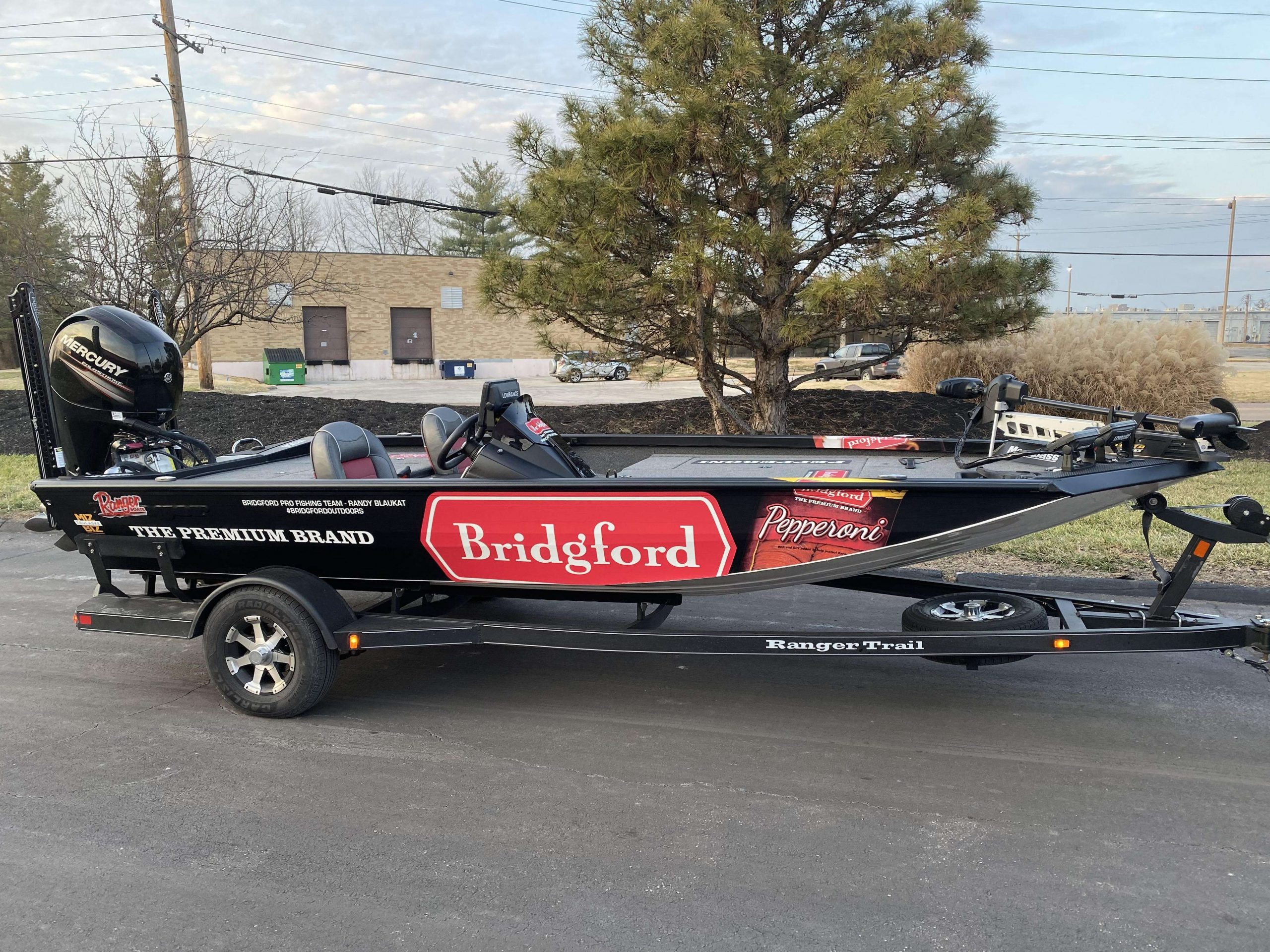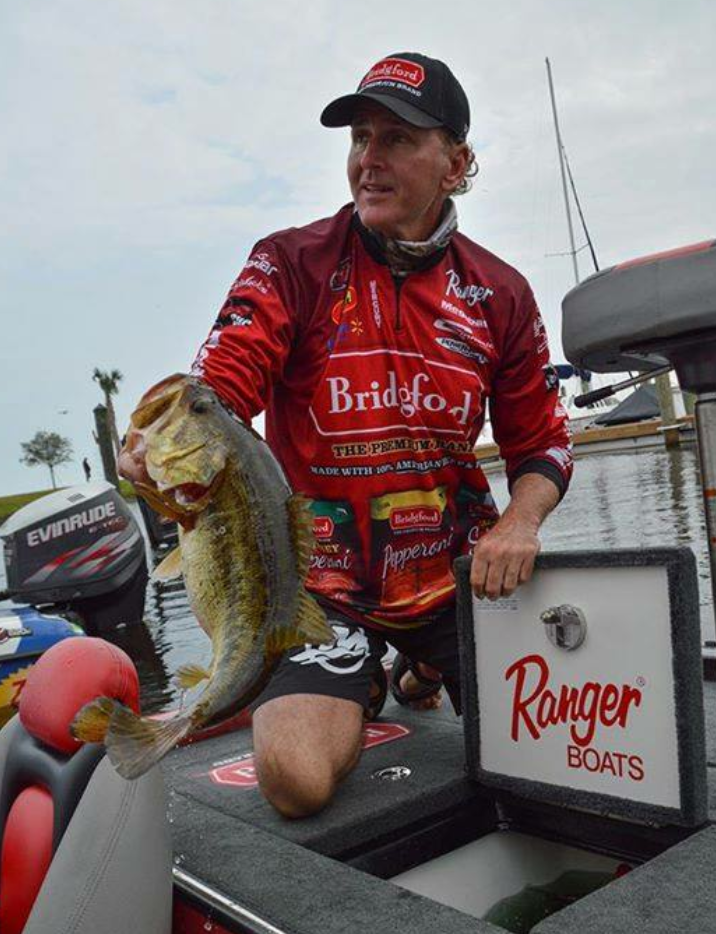
Every veteran pro I know has some career-defining moment that sort of stays with them their entire career. For me, it was my first B.A.S.S. win on Buggs Island Lake in 1989.
B.A.S.S. historians may remember I pulled the plug on my boat, filled it full of water, and squeezed under a flooded bridge to win that event.
For years, that type of fishing was my priority … accessing areas other anglers felt were impossible to get to. It didn’t pay off all the time, but several times it did in a big way.
As boats quickly began evolving into larger, heavier models with bigger motors, this made my ability to access these tight, shallow places much more difficult. It eventually got to the point where I sort of gave up on searching for those areas.
Over the past year, I’ve been doing a lot of analysis of my own fishing and the evolution of the sport.
Two things came to mind. First, I quit fishing the way I used to love to fish, and secondly, the cost of bass fishing is keeping a lot of anglers out of the sport. They simply can’t afford to keep up with the technology and equipment advances.
The anglers that sent me messages on my social media, conveying the fact they have the love but don’t have the income level to compete in tournaments especially got my attention. Not coming from money myself made me able to relate to them.
Like I always say, it’s not keeping up with the technology advancements that is hard, it’s being able to afford to keep up with the constant technology and equipment costs that is hard.
As a result, after thinking long and hard about it, I’ve decided to run a Ranger 198P aluminum boat during the 2020 Bassmaster Open season.
I’ve been vocal about tournament angling becoming an elitist sport to a large degree. The aluminum boat is going to allow me to return to my roots of fishing and accessing areas most anglers would not attempt.
Back when I started my career with B.A.S.S. in the late 1980s, the standard, top-of-the-line bass boat was 17 feet long with a 150hp motor.
We went anywhere we wanted in those rigs. Back then, the cost of a fully rigged tournament boat was less than $20,000. Today, the equivalent is in the $80,000 to $100,000 range.
My Ranger aluminum is over 19 feet long with a 150hp Mercury and is considered tiny in 2020. That’s how far we have come, in terms of equipment perception.
My goal for 2020 is not only to access tough areas, but to show those anglers out there who can’t afford a $90,000 boat that you can compete at the top level at a fraction of the traditional costs.
I fully realize it will be a give and take, with limitations and advantages. I’ll sacrifice speed in rough water for shallow water accessibility.
I’m excited about the year ahead with this new approach. Moving forward, I may or may not go back to my glass rig in 2021.
We’ll just have to see how it goes. I’ll keep everyone updated on the adventure.





